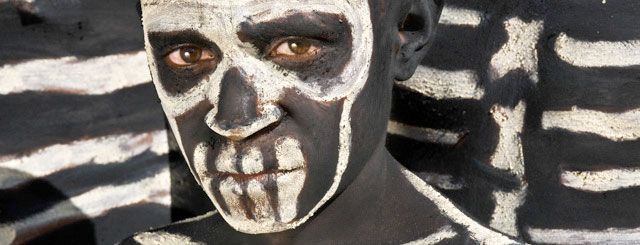Papua New Guinea is a vast, 462,000km2 country comprised of mountainous regions, dense forests and marshlands. No roads link the capital to any of the regions in the country and a plane is indispensable for traveling. The complex geography makes travel long and difficult especially since a roads network is practically non-existent and the existing roads are often in bad condition. Travel times are unpredictable and can be multiplied by four or five depending on the weather and safety conditions.
Each region requires a specific means of transport. The most classic zones are accessible by car or truck. A jeep quickly becomes necessary once you leave the main Lae-Madang-Hagen-Wabag route. The chartering of a plane is indispensable to reach the most outlying regions. Motorized pirogues are necessary for traveling on the rivers Sépik, Kikori, Fly… All the isolated regions require hiring porters.
The obligatory use of planes implies unavoidable and expensive excess baggage fees. Domestic flights have a 16 kilo per passenger limit for luggage in the hold. For only 100 kilos of equipment, you can expect between 1000 and 4000 euros in baggage surcharges alone just for local flights.
Travel times and means of transportation must meticulously be made. Timetables and calculating costs must be worked out carefully . Our experience in the field permits us, nevertheless, to propose optimized itineraries that can avoid cost overruns. During the prior editorial planning, we can propose solutions that limit transportation costs.



